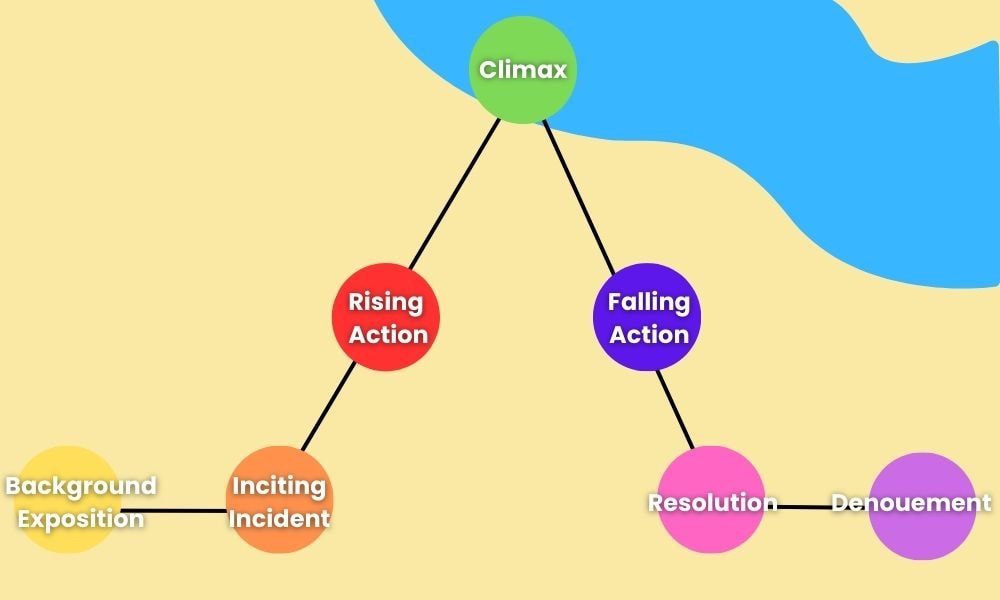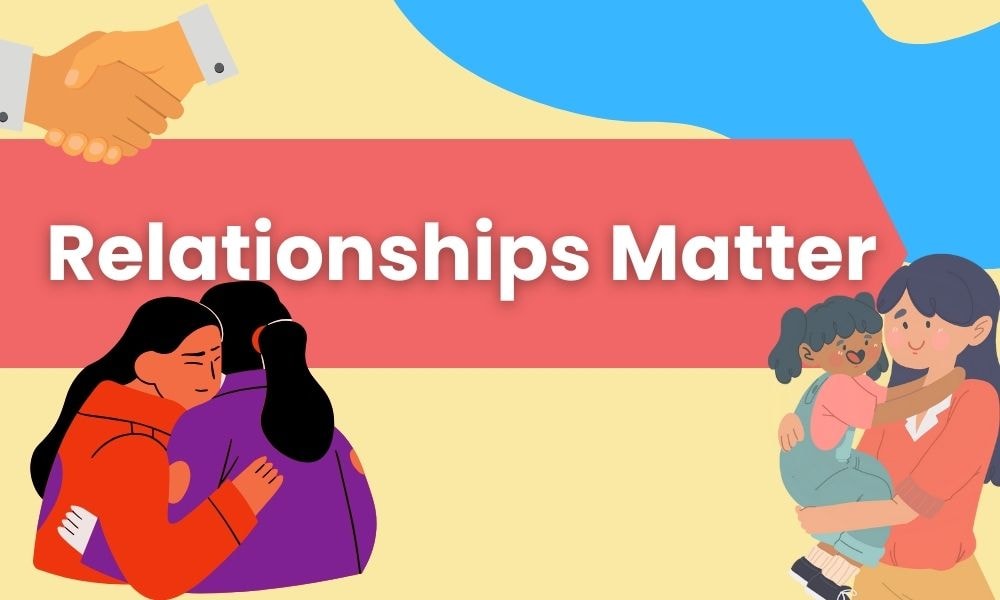9 Tips to Crafting Memorable Characters
9 Tips to Crafting Memorable Characters
Introduction
Welcome to Digital Play Zone!
I'm Winn Liu. I love characters of many different kinds, but the sheer fact that there are so many different ways to write a character makes it incredibly difficult for beginners to write a good one.
That is why, in today's blog, I will be showing some tips and tricks that I always notice in every character that is considered great! So join me! Let us learn new things and get creative!

1. Set the Themes of Your Story
At the base of every good character is a theme or a central message. This is something you will always have, as a character without a central theme or message will feel confusing and directionless.
A theme is the style and tone of your story. It is how you want your players to feel when they are interacting with your story. Within this theme, people like to add a central message. These central messages are always short and concise.
It is extremely important to keep your central message short and concise, as you want it to be easy to understand so that the flow is consistent and does not have contradictions.
Making your characters follow the theme and messages also lets you have a much more consistent tone, so your readers or players won't feel that your characters are out of place.
2. Give Clear Motivations
What's a character without motivations? Nothing! The whole point of a character is to follow through the plot, but if there is no motivation, why would your character have any need to go through with your plot?
Now, I tend to notice that people like to give crazy complex motivations to their characters. I don’t really like this style of writing as it can make the player get confused as to why your character wants to progress.
In my opinion, a good motivation does not need to be complicated. Instead, it should reinforce either the central message of your story or the morals of your character.
I’m a big fan of this technique as it allows you to further build the morals and thought processes of your characters.
3. Backstory Depth
Next is the backstory of your characters. Again, backstories do not have to be complicated. Backstories are the reason for your characters to have morals and thought processes.
Let me give you an example. Let's say that your character has a mother who will always treat people with love and respect no matter the cost. From this, you could make it so that your character takes his mother’s lessons to heart, and his decisions follow that moral. Or you could make your character not understand his mother's lessons, and the entire arc of his story is understanding the meaning of why you should treat others with love and respect.
As you can see in the example I gave you, the backstory itself is not very complex; in fact, it was really flat and cliché, but from that simple basis, you could make many different kinds of morals.
4. Make a Story Arc
A story is not really a story without an arc. Having a story arc is very important, as it not only teaches the character a lesson throughout the story, but it also ties the whole thing back to the lessons and messages at the beginning.

There are many different ways to make a story arc, but in a sense, this is what an arc is.
It starts off with an event that causes the hero to go out of his comfort zone and traverse the plot.
After the audience finally starts to understand and familiarize themselves with the world, we flip the rug under them and hit the hero with the rising action.
This rising action can be anything that is causing tensions to rise, but I notice that they often have emotional ties to the hero as this allows for more drama and nuance. Next, we hit the climax, the most suspenseful moment of the story, the moment where things are finally going the hero's way, next is the falling action to the resolution. The falling action is the moment where conflicts are being led to their conclusion. After the resolution, we head to the denouement, where the story ties up all the loose ends and puts a bow in the story.
This is core to all stories; stories follow this formula as it allows the audience to experience the full range of emotions as well as not feel that the story ended abruptly.
5. Give Them Flaws
In theory, this sounds absurd, as when you think of heroes, you want them to be strong, allowing people to look up to them. In practice, this doesn’t work, as characters who don't have flaws tend to be uninteresting, and people can't relate to such characters.
Characters having flaws allows you to write a lot more interesting topics that push real-world issues; this also allows people to relate to the struggles of your hero.
Now, you may be wondering how you can make a character that the audience can look up to while still having flaws. Just like a story always has a story arc, heroes have character arcs as well. They start off having a flaw, and throughout the journey of the plot, they gradually learn and progress.
This arc makes your character interesting while still allowing your audience to look up to your characters.

6. Relationships Matter
While having interesting characters and an interesting story is essential, a story without others would feel unnatural. There will always be interactions between people throughout one's life, no matter how hard you try to avoid it.
This dynamic between characters allows you to build a lot more complexity into your story as well as build the personalities of your characters. This is the whole reason why when people write a loner archetype, there will always be a cast of side characters following the loner.
Craft meaningful relationships between characters that drive the narrative and reveal different facets of their personalities.
7. Use Subtext in Dialogues
I’d argue that subtext is one of, if not the most important aspects of making a great character. Subtext is an underlying meaning to what is actually written or said.
Here’s an example: Let's say John and his mother are having a conversation.
Mom: How’s your day been? Are you all right?
John: I’m fine; I'm feeling terrific.
Mom: John.
John: *Sigh*
Just from this small conversation that I didn’t put much thought into, you can already infer many things from it. You can tell that John is having some problems that have been affecting his life, perhaps from a bad breakup or from losing his job. You can tell that he has a concerned mother who is trying to get John to open up.
This is the power of subtext. When you think about it, every single conversation you have in your daily life is full of subtext, no matter the situation.

8. Show, Don’t Tell
This goes hand in hand with subtext, as the audience doesn’t like being told things. You want the audience to figure things out by themselves while still guiding them in the right direction.
For instance, if one of the main characters dies, instead of having one of the other characters tell the group, try having the group figure things out. Maybe by looking at the sadness in the eyes of the character. This will allow for more subtlety and will add an extra level of depth to your characters.
9. Design the Characters with Personality in Mind
Once you are done writing your character, you need to design him. In my opinion, this is what most of your audience will be attracted to. The design aspect of your characters should relate to their personality or backstory, as this will allow people to judge and figure out what your character's morals are.
It may sound counterintuitive to say that, as most people are taught to never judge a book by its cover, but in this case, a design is literally meant to tell you everything you need to know about the character. It is the essence of why, what, and where your character came from.
Conclusion
Writing memorable characters is not an easy thing, but with enough practice and these tips in your arsenal, I’m confident that you will be able to write amazing characters, be it for games, movies, or books.
One last thing that you should keep in mind when writing is that these tips are guidelines, not rules. Stories are a creative medium; new innovations always pop up, and who knows, you may create a new classic!
If you have any questions or suggestions with anything to do with stories or game design, feel free to contact me, and I’ll make sure to reply as soon as I can.
